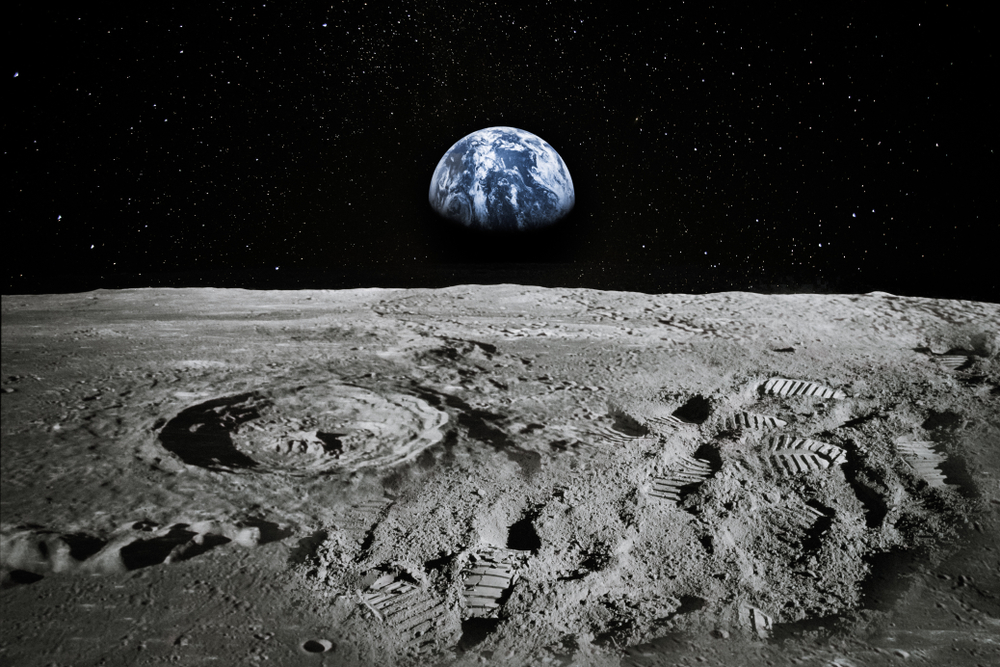Chinese scientists have found traces of water in lunar soil samples collected by the Chang’e 5 mission.
Others are reading now
In a groundbreaking discovery, Chinese scientists have found traces of water in lunar soil samples collected by the Chang’e 5 mission.
Gathered in 2020
The Chinese Academy of Sciences revealed that these samples, gathered from the Moon’s surface in 2020, contain hydrated salts, indicating the presence of water molecules. This finding was published in the prestigious journal Nature Astronomy, highlighting the possibility of water surviving in sunlit areas of the Moon, according to Tech.
The Chang’e 5 mission focused its exploration on Mons Ruemker, a volcanic formation in the Oceanus Procellarum region, an area not previously visited by landers. The mission successfully retrieved approximately 500 grams of subsurface material and 1.5 kilograms of surface regolith. This is not the first instance of water detection on the Moon; NASA’s infrared detectors confirmed water presence in 2020, and earlier missions in the 1960s and 70s also found water evidence.
Also read
Samples from Moon’s Far Side
The recent findings are significant as they expand our understanding of the Moon’s water distribution, especially given the samples’ collection from a wider geographical area than earlier missions. This suggests diverse forms of water presence across different lunar regions.
In a follow-up to this achievement, the Chang’e 6 mission returned in June 2024 with nearly two kilograms of samples from the Moon’s far side, which is not visible from Earth. These samples are expected to provide further insights into the geological differences between the lunar near side and far side and could potentially include rocks marked by meteorite impacts.
China’s ambitious lunar exploration plans aim for a crewed Moon landing by 2030 and the establishment of a lunar research base by 2035, positioning itself alongside the United States and Russia in the forefront of space exploration.


